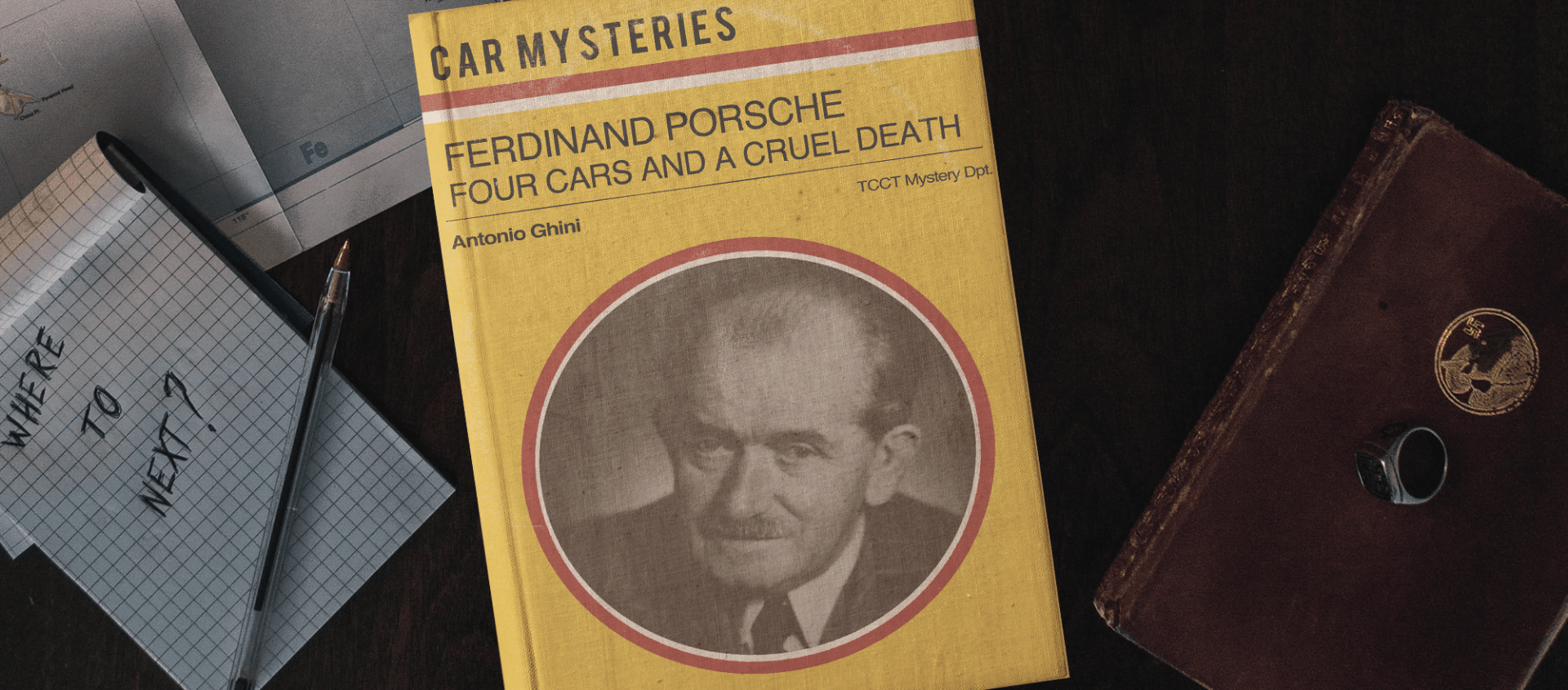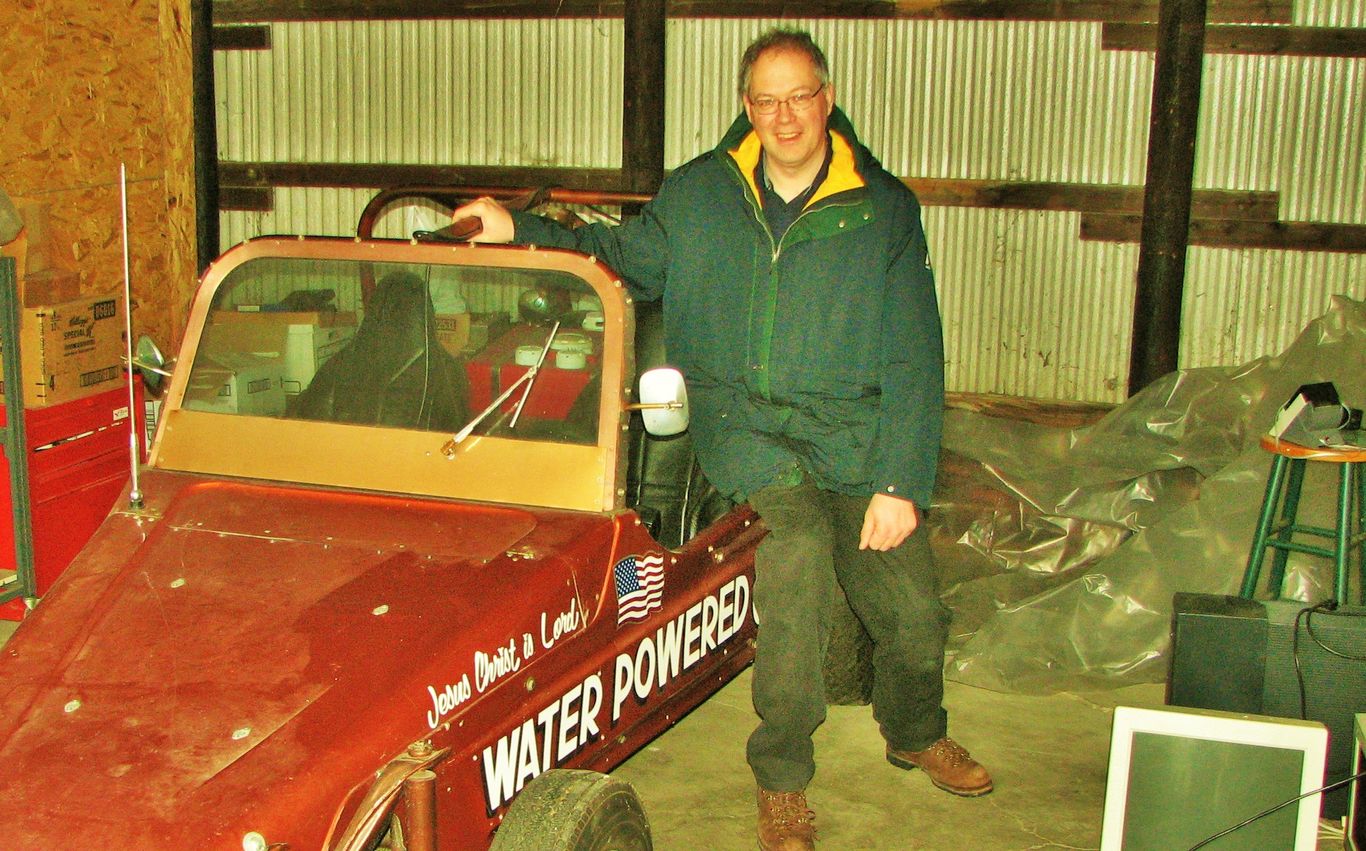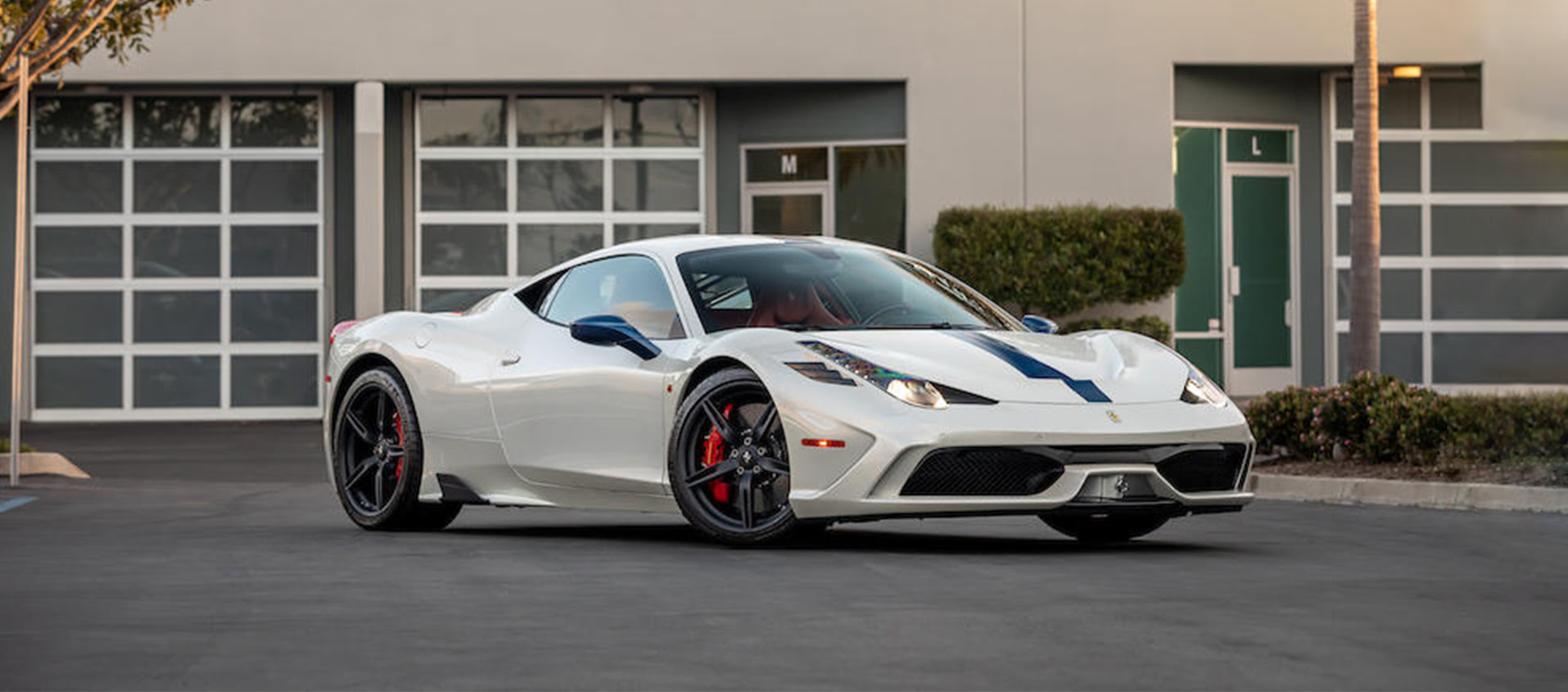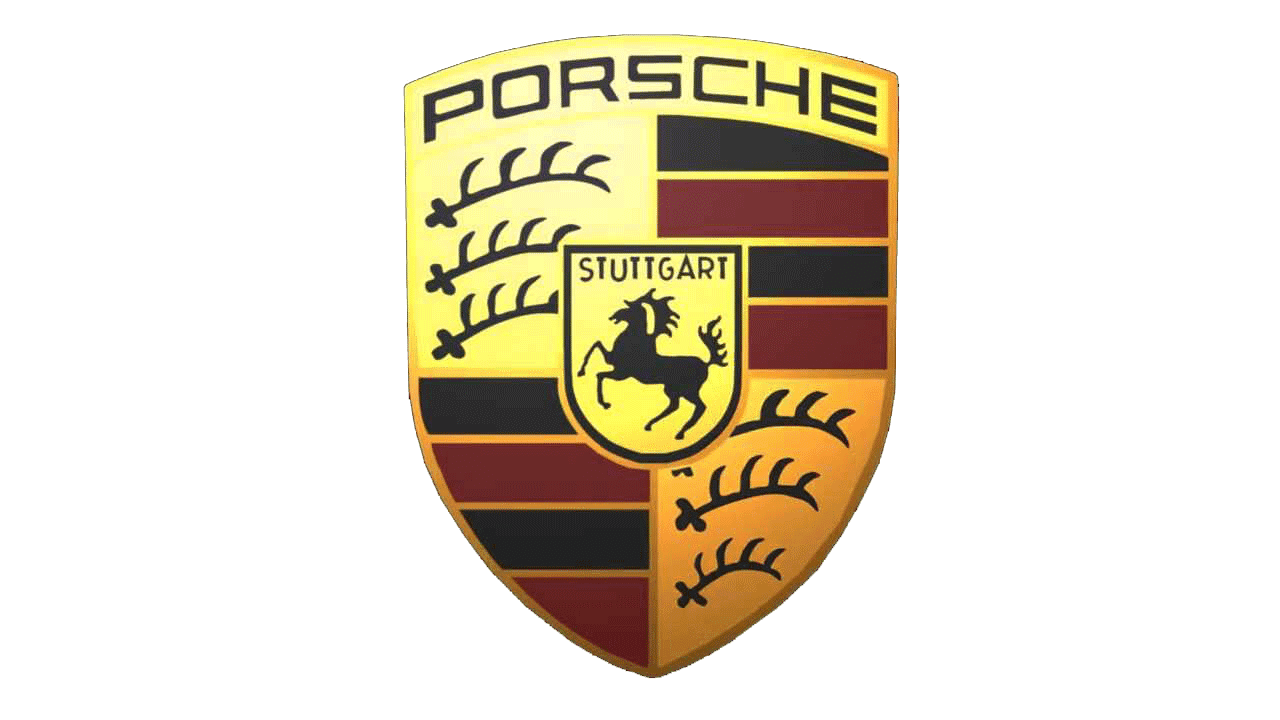The murder of an innocent? Four cars and a cruel death
05 March 2020 4 min read 4 images

“Monsieur Ferdinand Porsche, au nom de la Republique Française je vous declare en arrêt pour collaboration avec le Troisième Reich.”
Register to unlock this article
Signing up is free and gives you access to hundreds of articles and additional benefits. See what’s included in your free membership. See what's included in your free membership.
Already have an account? Log In



